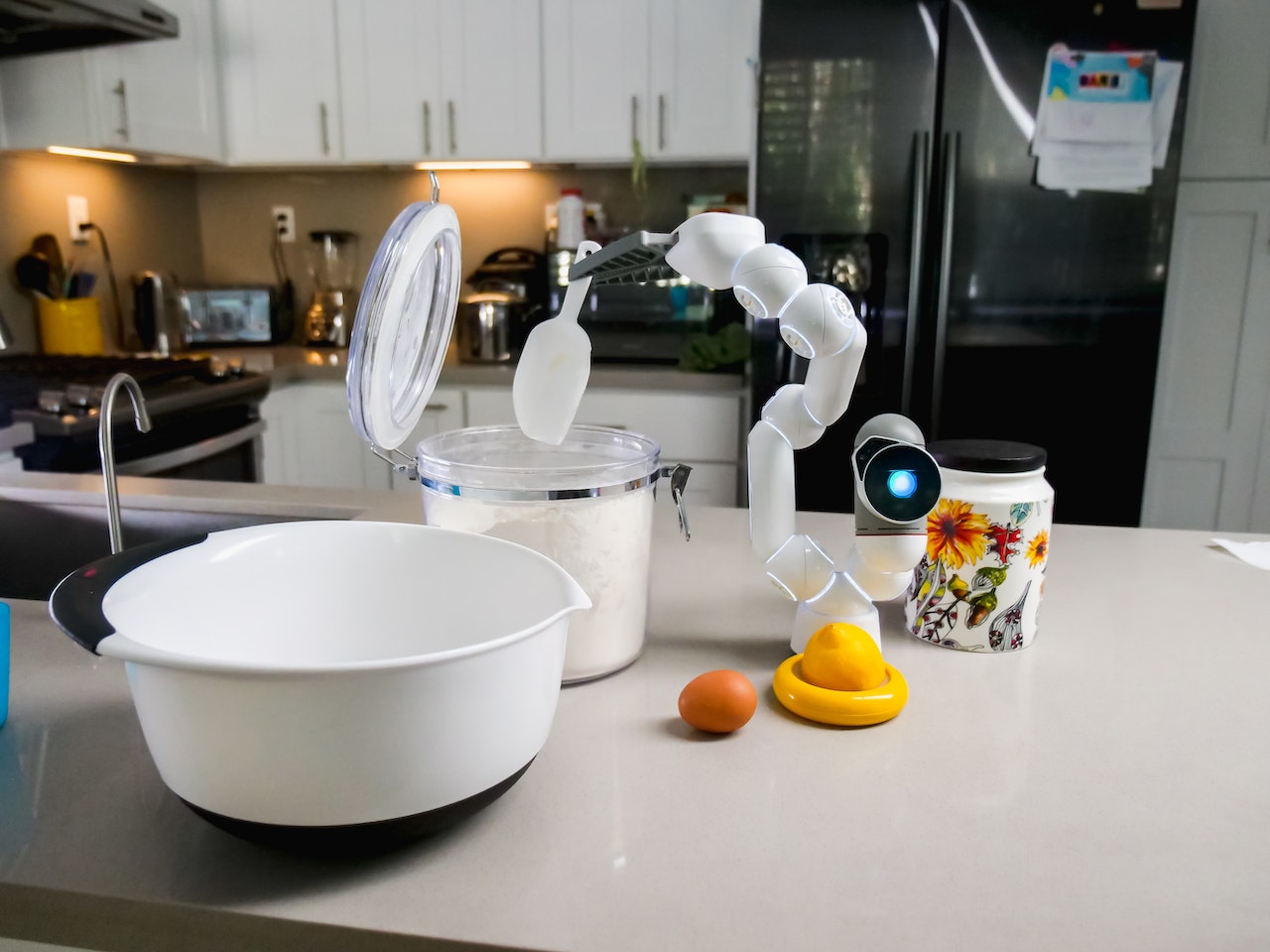Artificial Intelligence (AI) has made remarkable strides in recent years, particularly in the field of natural language processing. Two groundbreaking models that have garnered significant attention are GPT-3 and its successor, GPT-4. These models, developed by OpenAI, have revolutionized the way machines understand and generate human-like text.
GPT-3 (Generative Pre-trained Transformer 3) and GPT-4 are advanced language models based on deep learning architectures. They employ a Transformer neural network, allowing them to process and generate text with an unprecedented level of sophistication. GPT-3, released in 2020, gained immense popularity due to its ability to perform tasks such as language translation, text completion, and even creative writing. GPT-4, the more recent iteration, builds upon its predecessor’s success with enhanced capabilities and improved performance.
While GPT-3 and GPT-4 represent remarkable advancements in AI, it is crucial to understand their capabilities as well as their inherent limitations. Exploring the strengths and weaknesses of these models allows us to have a realistic perspective on what they can and cannot achieve. By delving into their intricacies, we can make informed decisions about their application in various domains and avoid potential pitfalls.
This article aims to provide readers with a comprehensive understanding of GPT-3 and GPT-4, examining their capabilities, inadequacies, and the significance of the human factor in their usage. The subsequent sections will delve into the technical aspects of these models, discussing their unique features, highlighting their strengths, and identifying the areas where they fall short. Furthermore, we will explore real-world examples of successful and unsuccessful utilization of GPT-3 and GPT-4, emphasizing the critical role played by human involvement.
A Closer Look at GPT-3 and GPT-4: Technical Overview
What are GPT-3 and GPT-4?
GPT-3 and GPT-4 are state-of-the-art language models that utilize deep learning techniques to process and generate human-like text. These models are part of a family of models known as Transformers, which have shown remarkable success in various natural language processing tasks. They are pre-trained on massive amounts of text data and then fine-tuned for specific applications.
How they differ from previous versions
GPT-4 represents a significant advancement over GPT-3 in terms of capabilities and performance. While GPT-3 already showcased impressive language generation abilities, GPT-4 pushes the boundaries further. It has a larger model size, enabling it to handle more complex linguistic patterns and capture deeper contextual understanding. GPT-4 also benefits from improved training techniques, allowing it to achieve even higher levels of accuracy and coherence in its generated text.
How GPT-3 and GPT-4 work
Both GPT-3 and GPT-4 leverage a Transformer architecture, which consists of several layers of self-attention mechanisms. This architecture enables the models to effectively capture dependencies between different words and phrases in a given text. The models employ unsupervised learning, where they learn from large amounts of unlabeled text data to develop a contextual understanding of language.
During the training process, the models predict the next word in a sequence based on the preceding words. This process helps them learn grammar, semantics, and various linguistic patterns. GPT-3 and GPT-4 excel at language generation through a process called auto-regressive decoding. They can generate coherent and contextually appropriate text by sampling from the probability distribution of possible words, given the preceding context.
GPT-4’s larger model size and enhanced training techniques contribute to its improved performance. The increased model size allows for more parameters, enabling it to capture finer nuances and produce more accurate and contextually relevant responses. These advancements enhance the models’ ability to comprehend complex sentences, answer questions, and even generate creative and engaging narratives.
What GPT-3 and GPT-4 are Capable of
Examples of what can be done with GPT-3 and GPT-4
GPT-3 and GPT-4 possess a wide range of capabilities that demonstrate their versatility in handling various language-based tasks. They can generate coherent and contextually relevant text in response to prompts, making them adept at tasks such as language translation, text summarization, sentiment analysis, and even creative writing. For instance, these models can compose articles, write code snippets, draft emails, and generate conversational responses that simulate human-like interactions.
Applications in various industries
The applications of GPT-3 and GPT-4 extend across diverse industries. In the healthcare sector, these models can assist in medical documentation, patient data analysis, and even provide personalized health recommendations. They find value in the customer service industry by automating responses, improving chatbot interactions, and facilitating natural language understanding in virtual assistants. In the finance domain, GPT models can analyze market trends, generate financial reports, and assist in risk assessment.
Furthermore, GPT-3 and GPT-4 have shown promise in the creative fields. They can generate poetry, write stories, and compose music. These models have the potential to aid content creators, marketers, and advertisers by assisting in content ideation, generating compelling copy, and personalizing user experiences. The applications are vast and expand to sectors such as legal, education, research, and more.
Advantages over other AI models
GPT-3 and GPT-4 offer several advantages over other AI models. Their ability to generate coherent and contextually appropriate text is unmatched. They can understand complex language structures, maintain topic coherence, and adapt to different writing styles. The models showcase a remarkable capacity to learn from diverse sources of information, making them adaptable and relevant in various domains.
Another advantage lies in their generalization capabilities. Once trained on vast amounts of data, GPT-3 and GPT-4 can generate high-quality responses across different topics and prompts. They exhibit a certain level of common sense and can provide plausible answers to questions, even if the information was not explicitly present in their training data.
Furthermore, GPT models have the potential for fine-tuning, allowing organizations and individuals to tailor them to specific applications or domains. This flexibility makes them highly adaptable and opens up opportunities for customization based on specific industry requirements.

Inadequacies of GPT-3 and GPT-4
Examples of what they cannot do
While GPT-3 and GPT-4 demonstrate impressive capabilities, it’s important to recognize their limitations. These models lack true understanding and awareness, as they operate based on patterns and statistical associations rather than genuine comprehension. As a result, they may struggle with nuanced tasks that require deep contextual understanding, critical reasoning, or common sense reasoning. For instance, they might generate responses that are factually incorrect, lack logical consistency, or fail to grasp subtle nuances of human communication.
Limitations in certain industries
GPT-3 and GPT-4 may encounter challenges in specific industries that demand specialized domain knowledge or stringent accuracy requirements. In fields like law, medicine, or finance, where precise and up-to-date information is crucial, relying solely on these models may lead to errors or oversights. These models might not possess the necessary expertise to handle complex legal cases, diagnose intricate medical conditions, or provide precise financial forecasts. Human expertise and domain-specific knowledge remain invaluable in such domains.
Ethical concerns and potential biases
The use of language models like GPT-3 and GPT-4 raises ethical concerns and the potential for biases. These models learn from vast amounts of text data, which can inadvertently contain biases present in society. If not carefully monitored and mitigated, this can lead to the propagation or amplification of biases in the generated text. Bias detection and mitigation techniques are essential to ensure fairness, inclusivity, and avoid the reinforcement of harmful stereotypes.
Anticipating these concerns, the CEO of OpenAI, Sam Altman, recently called for US to regulate Artificial Intelligence.
Additionally, there are concerns related to the responsible use of GPT models. As these models become more powerful, the potential for misuse or malicious intent increases. They can be used to spread misinformation, generate harmful content, or facilitate social engineering attacks. Appropriate safeguards, guidelines, and ethical considerations must be in place to ensure responsible deployment and usage.
Understanding the limitations and ethical implications of GPT-3 and GPT-4 is crucial to avoiding over-reliance on these models and maintaining a balanced approach when utilizing them in various contexts.

The Human Factor in GPT-3 and GPT-4
Explanation of how humans use these tools
While GPT-3 and GPT-4 possess impressive capabilities, their effective use heavily relies on human involvement. Humans play a critical role in framing the prompts, setting the context, and refining the output generated by these models. They provide the necessary guidance and evaluation to ensure the relevance, accuracy, and ethical considerations in the use of these tools.
Examples of successful use
Successful utilization of GPT-3 and GPT-4 often involves a collaborative process between humans and the AI models. Content creators, for example, can leverage these models to generate initial drafts or explore creative ideas. Human editors then review and refine the generated content, ensuring accuracy, coherence, and alignment with the intended message. Similarly, customer service representatives can use these models to automate responses, but human agents are crucial in handling complex or sensitive queries, ensuring personalized interactions, and empathetic customer support.
Examples of unsuccessful use
On the other hand, there have been instances where the misuse or over-reliance on GPT-3 and GPT-4 has led to sub-optimal outcomes. In some cases, organizations have used these models without adequate human oversight, resulting in misleading or inappropriate responses. For instance, chatbots powered by GPT models may generate offensive or biased content when not properly monitored. The lack of human intervention and discernment can lead to negative user experiences and damage to brand reputation.
Importance of human involvement in AI
The importance of human involvement in AI, particularly with tools like GPT-3 and GPT-4, cannot be overstated. Humans bring critical thinking, domain expertise, contextual understanding, and ethical considerations that AI models lack. They can identify and address biases, ensure factual accuracy, and provide the necessary judgement and empathy in complex situations. Human involvement is essential in validating, refining, and augmenting the output of these models to ensure that they align with the desired outcomes and meet ethical standards.
Moreover, humans are responsible for considering the broader societal implications of AI adoption. They must carefully weigh the benefits and risks, anticipate potential biases or unintended consequences, and actively shape the responsible deployment and governance of these technologies. By actively engaging with AI models, humans can leverage their strengths while mitigating their limitations, ultimately achieving more meaningful and impactful outcomes.
Conclusion:
GPT-3 and GPT-4 have revolutionized natural language processing. While they exhibit impressive capabilities, they have limitations. Genuine understanding and critical thinking elude these models, necessitating human involvement. Collaboration between humans and AI is crucial for refining output and ensuring accuracy. The human factor brings domain expertise, judgement, and ethical considerations to the table.
Responsible utilization demands monitoring biases and avoiding over-reliance. By striking a balance between leveraging GPT models’ strengths and incorporating human expertise, we can maximize their potential. The future lies in a collaborative approach, where humans and AI work together to harness the power of natural language processing, creating meaningful and impactful outcomes.
The post GPT-3 and GPT-4: Capabilities, Inadequacies, and the Human Factor appeared first on Datafloq.

